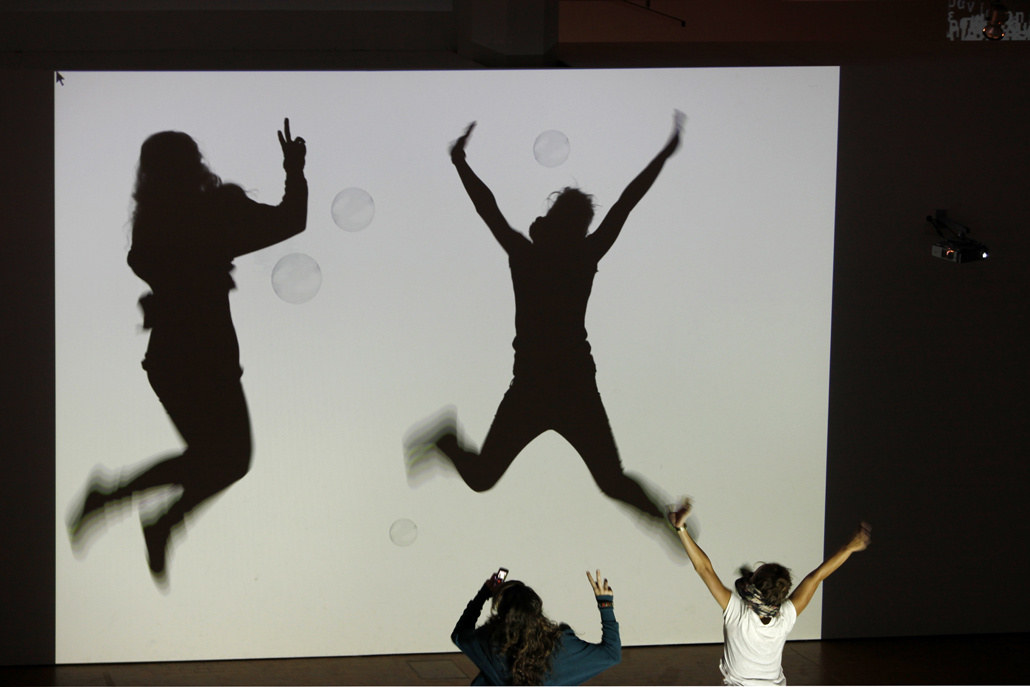Media Museum
1997–2016
A Critical Look at Media History and Future Developments
In so far as in its exhibitions the Media Museum made experienceable interesting developments in technology and art to a public of all age groups, and in so far as it presented widespread digital technologies, ranging from popular games culture through to cutting-edge forms of communication, it provided a deep insight into existing and future developments of our society and culture. In doing so, it did not shy away from critical confrontation with the products of the global entertainments and communications culture, and the scrutiny of existing formats of entertainment, from new forms of communication and the control and surveillance techniques made possible by these.
A Unique Competence Center
Thanks to its daily experience over many years with the most diverse technical works of media art, and with the ongoing scientific research into their conservation, the ZKM is acknowledged throughout the world as the competence center for the conservation of media art. The Museum’s broadly conceived, diverse collection is one of a kind and on international demand. The frequently requested loans from many countries as well as the presence of its works in international exhibitions, festivals and biennales, and the collaboration with all the important art institutions throughout the world testify to this.
A Broad Range of Themes: from Beat Generation to Gameplay
In over 150 internal exhibitions, and 50 external exhibitions in many countries of the world, since its opening in 1997, the Media Museum had achieved distinction in the artistic and creative critical examination of new image, sound and communication worlds. The Media Museum Collection embraced all historical and new media: it extends from the early beginnings of writing as storage and communication media via the first computer applications through to the most recent creations of interactive film and video; from pioneering 3D simulation technologies through to the mass personal use of creative applications in social networks and in the mass media. Its thematic spectrum extended from global net art via the anagrammatic body; the rhetoric of surveillance and the collision of mediatized image worlds; the future of film, mediatized youth cultures and the algorithmic revolution via the century of the consumer; from Imagining Media and the cult of automobilization through to Sound Art; from Babel Worlds and the Move on Asia via the Beat Generation and cutting-edge Gameplay through to fascinating installations, objects and performances of the choreographer Sasha Waltz.
Among the protagonists of these exhibitions were numerous representatives from art, philosophy and science, among others, Maryanne Amacher, Lia Menna Barreto, Jean Baudrillard, Max Bense, Florent Bérenger, Bertha Bermudez, Bazon Brock, Guy Debord, Gilles Deleuze, Olafur Eliasson, Harun Farocki, Mary Flanagan, Michel Foucault, Allen Ginsberg, Agnes Hegedüs, Perry Hoberman, Rebecca Horn, Marie Jo Lafontaine, Lynn Hershman Leeson, Annette Messager, Nam June Paik, Ulrike Rosenbach, Jill Scott, Bill Viola, Paul Virilio, Erwin Wurm and Iannis Xenakis.
